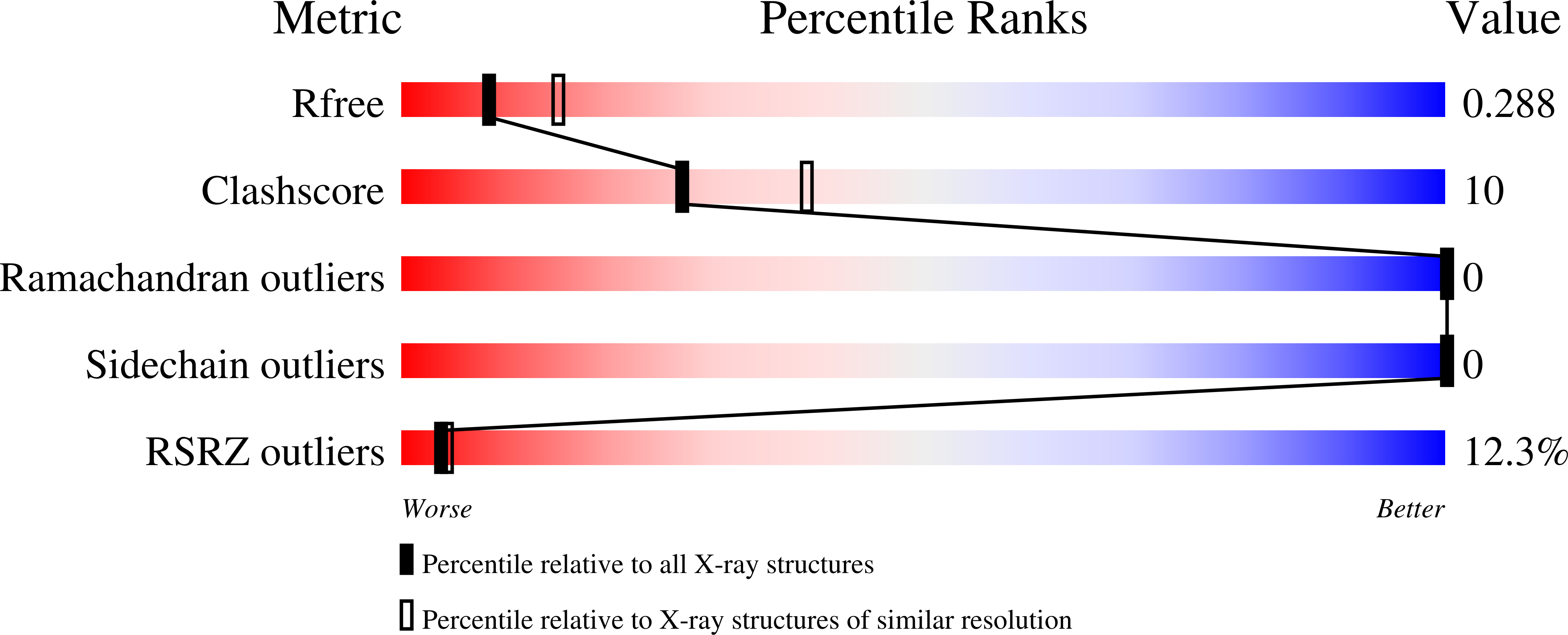
Deposition Date
2022-09-02
Release Date
2023-02-22
Last Version Date
2024-02-07
Entry Detail
Biological Source:
Source Organism:
Bacillus cereus ATCC 14579 (Taxon ID: 226900)
Host Organism:
Method Details:
Experimental Method:
Resolution:
2.75 Å
R-Value Free:
0.30
R-Value Work:
0.25
R-Value Observed:
0.25
Space Group:
C 2 2 21


